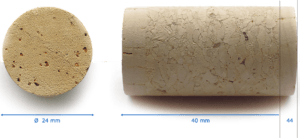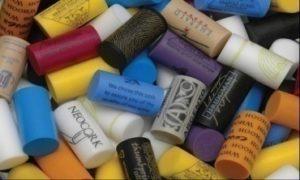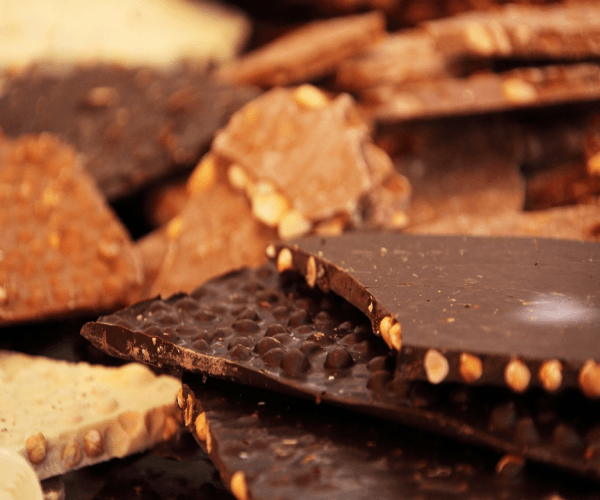The aim of this post is to show and outline the guidelines that wine producers should follow when choosing their packaging system. They must take into account aspects such as: content, protection, conservation or the information that the label must bear.
The primary packaging material: glass
The containers made with this material enjoy a series of characteristics that make them perfect for wine preservation. They ensure their isolation in terms of impermeability or neutrality of the content. They also guarantee aspects such as the durability or sterilization of the product. This makes it the best option for packaging wines and beverages in general. It is also recyclable.
Types of stoppers and corks
In the first place, we have the so-called “technical” stopper, made up of cork and plastic granules.

Secondly, we have the synthetic stopper. It doesn’t let germs proliferate, it’s more hygienic, and it doesn’t generate dust. It can be made in different colours and allows the bottles to be stored horizontally without any fear.

Secondary Packaging
The secondary packaging is responsible for safeguarding the product during transport, distribution and storage. If we are only talking about wines, the type of packaging we use will depend, in most cases, on the primary packaging we have used. It is not the same if it is made of glass or cardboard.
If bottled wine must be protected, the most common option for secondary packaging is found in the American cardboard boxes, also called B-1. The cardboard used to make these boxes has been subjected to various tests carried out by bodies such as, for example, the Instituto Tecnológico del Embalaje, Transporte y Logística.
One of the most important tests is that of resistance to vertical compression (BTC), a factor that assures its stacking capacity and resistance.








